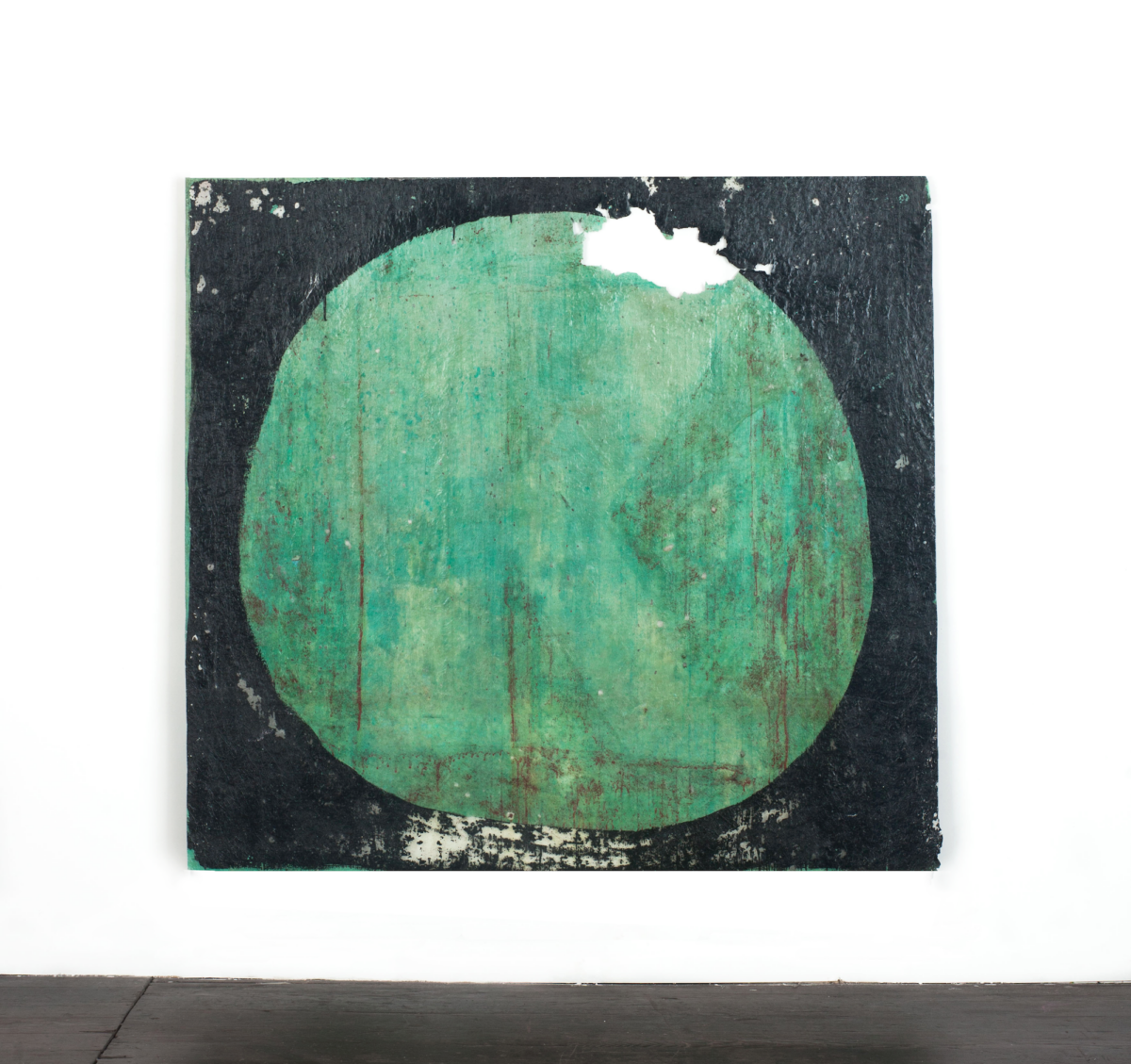art. This groundbreaking event signifies a shift in the global art market, highlighting the growing recognition and appreciation for Latin American artists.
Throughout history, the art world has often been dominated by European and North American artists, with Latin American art receiving relatively less attention and value. However, in recent years, there has been a resurgence of interest in the diverse artistic traditions and innovative expressions coming from this region.
The roots of Latin American art can be traced back to pre-Columbian civilizations, where indigenous people developed rich artistic practices that fused elements of spirituality, nature, and everyday life. These ancient art forms, such as the intricate sculptures of the Mayans and the vibrant textiles of the Incas, continue to inspire contemporary Latin American artists, who draw upon their cultural heritage while pushing boundaries with their experimentation and conceptualization.
In the 20th century, Latin American art underwent a significant transformation, driven by political and social changes. The Mexican Muralism movement led by Diego Rivera, David Alfaro Siqueiros, and José Clemente Orozco, aimed to promote social justice and national identity through large-scale public artworks. This movement not only revolutionized the art scene in Latin America but also influenced artists worldwide, including greats like Jackson Pollock and Frida Kahlo, who challenged traditional artistic conventions and explored their personal experiences and societal issues.
More recently, contemporary Latin American artists have gained recognition for their unique perspectives on issues such as identity, globalization, and environmental concerns. Their works reflect the complex and multifaceted nature of Latin American society, capturing its rich cultural tapestry and the struggles faced by its people. Artists like Doris Salcedo, Beatriz Milhazes, and Gabriel Orozco have exhibited their works in prestigious museums and galleries around the world, challenging the notion of a Eurocentric art canon.
The creation of the MIRA Art Fair specifically dedicated to contemporary Latin American art in Paris is a significant step towards acknowledging the valuable contributions of these artists and showcasing their talent on a global stage. By providing a platform for dialogue, exchange, and appreciation, this event aims to bridge the gap between East and West, showcasing the vibrant diversity and richness of Latin American art to an international audience.
As we enter a new era of cultural appreciation and recognition, it is crucial to celebrate and uplift underrepresented voices in the art world. The MIRA Art Fair in Paris serves as a timely reminder that art does not exist in isolation but is deeply intertwined with history, culture, and the sociopolitical landscape. By exploring contemporary Latin American art, we dive into a world where diverse narratives converge, challenging the established norms and fostering a deeper understanding of global artistic expressions.

